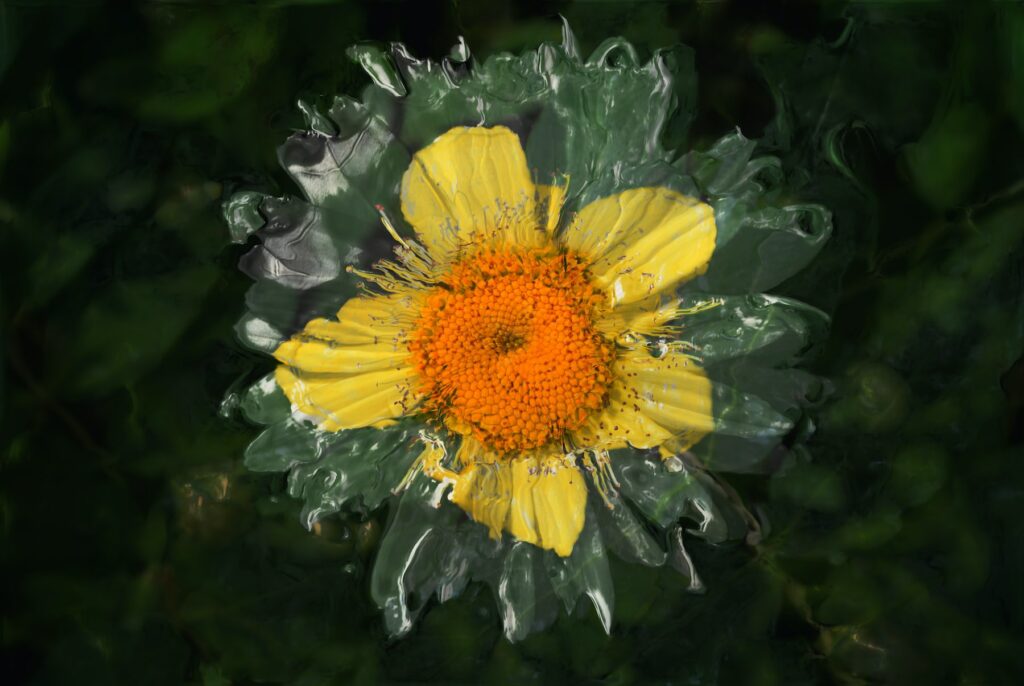![The ‘Giveaway Piggy Back Scam’ In Full Swing [2022]](https://www.cjco.com.au/wp-content/uploads/pexels-nataliya-vaitkevich-7172791-1-scaled-2-683x1024.jpg)

Overcoming Background Bias in AI: University of Montpellier Unveils Cutting-Edge Image Categorization Techniques

As Seen On
In a world increasingly driven by artificial intelligence and machine learning, fine-grained image categorization— the algorithmic identification and distinction of specific subclasses within a broader category— has become a crucial technological frontier. The ability of AI to see and differentiate the world with a level of detail akin to human vision offers staggering potential, from refining facial recognition algorithms to enhancing medical imaging technologies. However, like human perception, AI has its blind spots, with background bias standing as a major confounding factor in image categorization.
Designed to mimic the functions of a human brain, Convolutional Neural Networks (CNN) is a class of deep learning neural networks widely recognised for their superior image processing capabilities. In recent years, the emergence of Vision Transformers (ViT) has breathed fresh life into computational vision, leveraging the power of transformer architectures initially designed for natural language processing tasks for image categorization. However, both these cutting-edge techniques often grapple with the problem of ‘background bias.’ Simply put, the context in which an object is pictured can unduly influence both human and AI perception, leading, in some cases, to gross classification errors.
Enter the pioneering research by eminent scholars at the University of Montpellier, France, who, seeking ways to mitigate this challenge, unveiled groundbreaking Early Masking and Late Masking techniques. They proposed refining the focus of AI on the object of interest by either excluding or reducing irrelevant background information.
In Early Masking, the AI is designed to remove background information at the image input stage, comparable to looking at an object against a blank background. The method not only simplifies the image input but also forces the AI model to focus exclusively on the object, minimizing distractions.
On the other hand, Late Masking, as its name suggests, kicks in at a later stage of processing. Once the model has initially processed the entire image, the Late Masking technique selectively excludes high-level spatial features related to the background. This strategic timing allows the AI to benefit from a broader contextual understanding before centering attention on the relevant object, thereby significantly reducing background bias.
The teams meticulously evaluated these groundbreaking strategies using the CUB dataset (short for Caltech-UCSD Birds 200), a large and complex dataset of bird images with intricate background details. The results were convincing and affirmed the potential of these masking techniques in negating the influence of backgrounds, leading to notably superior subclass recognition.
This intuitive leap in reconciling the contentious dilemma of background bias in fine-grained image categorization breaks new grounds in the AI domain, raising exciting possibilities. It holds profound implications for numerous sectors reliant on advanced imaging, from healthcare to security, offering the potential to fundamentally refine and redefine how AI sees, and thus understands, the world around us. Remember, as we increasingly delegate perception-based tasks to AI, it becomes ever more imperative to ensure we share a common, unfiltered picture of the world. With masking techniques such as these, it’s an AI future we can all look forward to.
Casey Jones
Up until working with Casey, we had only had poor to mediocre experiences outsourcing work to agencies. Casey & the team at CJ&CO are the exception to the rule.
Communication was beyond great, his understanding of our vision was phenomenal, and instead of needing babysitting like the other agencies we worked with, he was not only completely dependable but also gave us sound suggestions on how to get better results, at the risk of us not needing him for the initial job we requested (absolute gem).
This has truly been the first time we worked with someone outside of our business that quickly grasped our vision, and that I could completely forget about and would still deliver above expectations.
I honestly can't wait to work in many more projects together!
Disclaimer
*The information this blog provides is for general informational purposes only and is not intended as financial or professional advice. The information may not reflect current developments and may be changed or updated without notice. Any opinions expressed on this blog are the author’s own and do not necessarily reflect the views of the author’s employer or any other organization. You should not act or rely on any information contained in this blog without first seeking the advice of a professional. No representation or warranty, express or implied, is made as to the accuracy or completeness of the information contained in this blog. The author and affiliated parties assume no liability for any errors or omissions.

